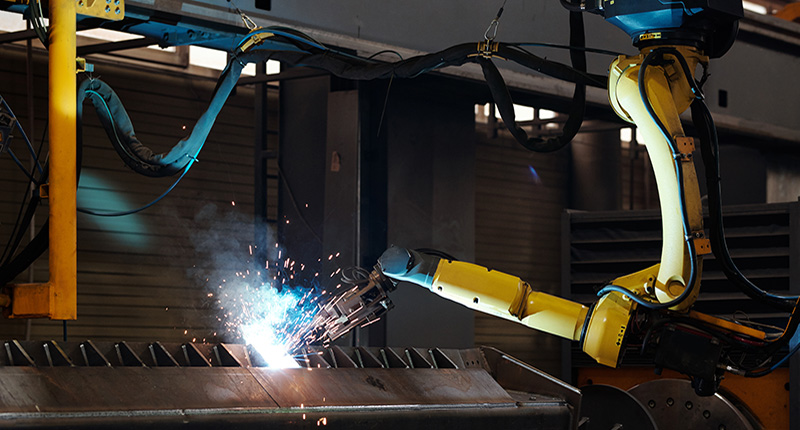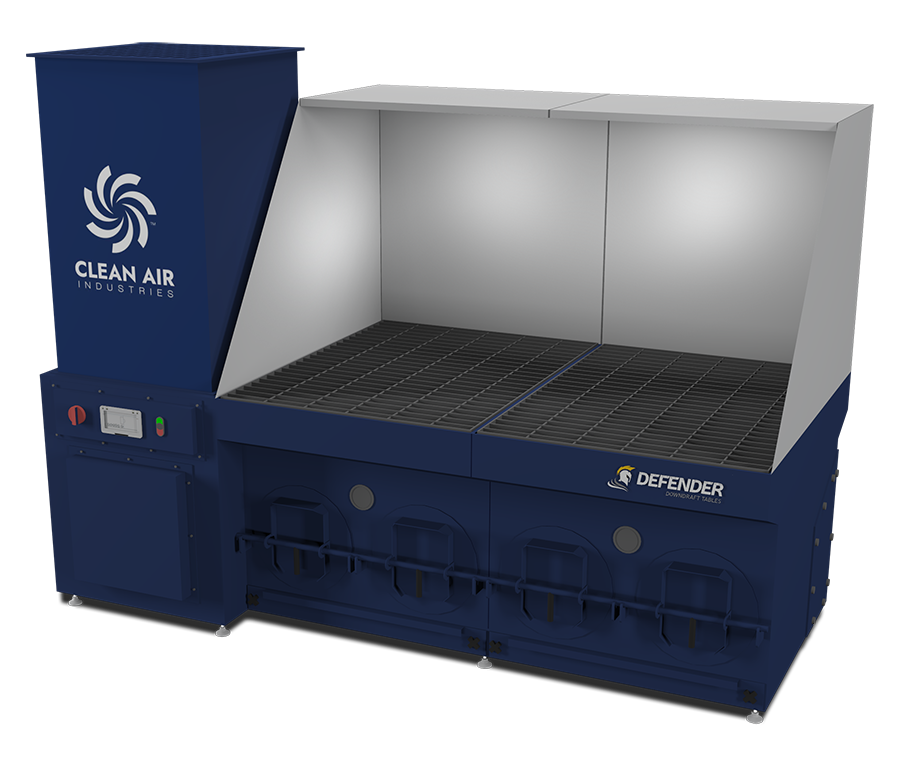Robotic Welding: Embracing the Benefits for a Safer and More Productive Future
In today’s manufacturing landscape, the challenge of sustaining a skilled welding workforce is a common concern. The industry is grappling with a unique set of challenges: rapid growth, an aging workforce, and a scarcity of fresh talent, leading to a significant skills gap. The American Welding Society anticipates a shortfall of 360,000 skilled welding professionals by 2027, a reality that’s rippling through the industry, affecting morale and stretching resources thin. This is particularly impactful considering that half of all manufactured products require some form of welding.
Traditional recruitment methods alone are proving inadequate in meeting the demand for skilled welders necessary to maintain the high production levels required in today’s competitive market. Manufacturers are increasingly turning to a strategic blend of advanced technologies and robotic automation, complemented by human expertise, to address workforce shortages and enhance employee morale.
Robotic Welding: A Strategic Solution
The integration of robotic welding offers undeniable benefits, despite some manufacturers’ reservations. Robotic automation doesn’t replace the unique skills and experience of manual welders. Instead, it enables them to concentrate on more complex, creative, and problem-solving tasks.
Safer Operations
Welding poses significant health and safety risks to operators, resulting in the deaths of approximately 60 American workers annually. The National Library of Medicine (NIH) reports that 109,127 welding-associated ocular injuries occurred in the United States from 2010 to 2019. “Welder’s flash,” or burns to the eyes due to ultraviolet light emitted from certain welding operations, account for almost 6% of all workplace-related eye injuries in the American construction sector. In Canada, over one-fifth of all workers’ compensation claims related to eye injuries originate from professionals in the welding sector.
Other common injuries include electric shock, burns, and Manganism, a neurological disorder with symptoms resembling those of Parkinson’s disease, caused by chronic exposure to manganese. Robotic welding mitigates many of these risks, enhancing safety with controlled operations.
Enhanced Efficiency and Focus on High-Value Tasks
Robotic welding systems, typically featuring one or two arc welding robots equipped with advanced technology for seam tracking, can match the productivity of multiple welders. This allows human workers to focus on specialized or custom tasks, reducing monotony and the risk of burnout or ergonomic injuries.
Creation of New Roles for Skilled Welders
The adoption of robotic welding necessitates skilled personnel for operation and programming. Experienced welders, with their deep understanding of welding nuances, are ideally suited for these roles. Their expertise in welding techniques and quality control is invaluable in programming and overseeing robotic systems, leading to smoother integration and enhanced productivity.
Competitive Advantage
Robotic welding can significantly improve product quality, critical in maintaining a competitive edge. This technology not only meets high-volume demands but also supports long-term employee development over temporary staffing solutions.
Long-term Success with Automated Welding
In summary, the strategic integration of robotic welding is a forward-thinking solution to the skilled welder shortage, offering a blend of technological efficiency and human expertise, while providing for a far safer and healthier work environment – even more so when combined with an advanced fume control system. This approach not only addresses immediate production needs but also sets the stage for long-term success and competitiveness in the manufacturing sector.


